Have you ever looked into your cat’s eyes and wondered, “Does she really know what I’m saying, or is she just reading my mood?” The world of cat communication is a mystery that has puzzled pet lovers for centuries. With their enigmatic stares and unpredictable reactions, cats often leave us guessing. Are they quietly judging our every word, or are they simply tuned into the waves of emotion we send out? Let’s peel back the curtain and discover what science, anecdotes, and experience reveal about the way our feline friends perceive us.
How Cats Perceive Human Language

Cats are surrounded by our voices all day, but do they truly understand our words? While dogs have been shown to recognize hundreds of verbal commands, cats are a bit more mysterious. Recent studies suggest that cats can pick up on the sound patterns and tones in our speech. They might not know the meaning of “dinner” in the abstract sense, but they can associate the sound with mealtime. Most cat parents have seen their kitty appear at the sound of a treat bag or the word “snack.” This hints that cats are at least capable of learning to connect certain words with outcomes, especially if it benefits them.
The Power of Tone and Inflection

If you’ve ever tried calling your cat in a high, sweet voice versus a stern tone, you’ve likely noticed a difference in response. Cats are extremely sensitive to vocal tones and inflections. A gentle, soothing tone can reassure them, while a harsh or loud voice may cause them to retreat or hide. It’s almost as though they’re more interested in how we say something than in what we actually say. This sensitivity is why many cats seem to know when they’re being praised or scolded, even if the actual words are unfamiliar.
Recognizing Their Names

Believe it or not, research from the past few years has shown that cats actually recognize their own names. In experiments, cats responded more frequently to their names than to similar-sounding words. However, this recognition doesn’t always mean they’ll come running—cats have a reputation for independence, after all. But the fact that they turn their heads or flick their ears at the sound of their names shows a level of understanding that might surprise some skeptics.
Emotional Intelligence in Cats

Cats are often thought of as aloof, but those who share their homes with felines know that isn’t entirely true. Cats are surprisingly attuned to our emotions. They can sense when we’re sad, happy, or stressed, and often react to our moods in subtle ways. If you’ve ever had your cat curl up beside you during a rough day, you’ve felt this emotional connection firsthand. While they may not understand every word, they are experts at reading the emotional atmosphere.
Body Language: The Silent Conversation

Words are just one part of how we communicate with our pets. Cats rely heavily on interpreting our body language. The way we move, our facial expressions, and even our posture can send strong signals. For example, sudden movements might startle a cat, while a slow blink is often interpreted as a sign of trust and affection. Over time, cats learn to read these cues and react accordingly, forming their own unique form of silent conversation with us.
Facial Expressions and Cat Reactions
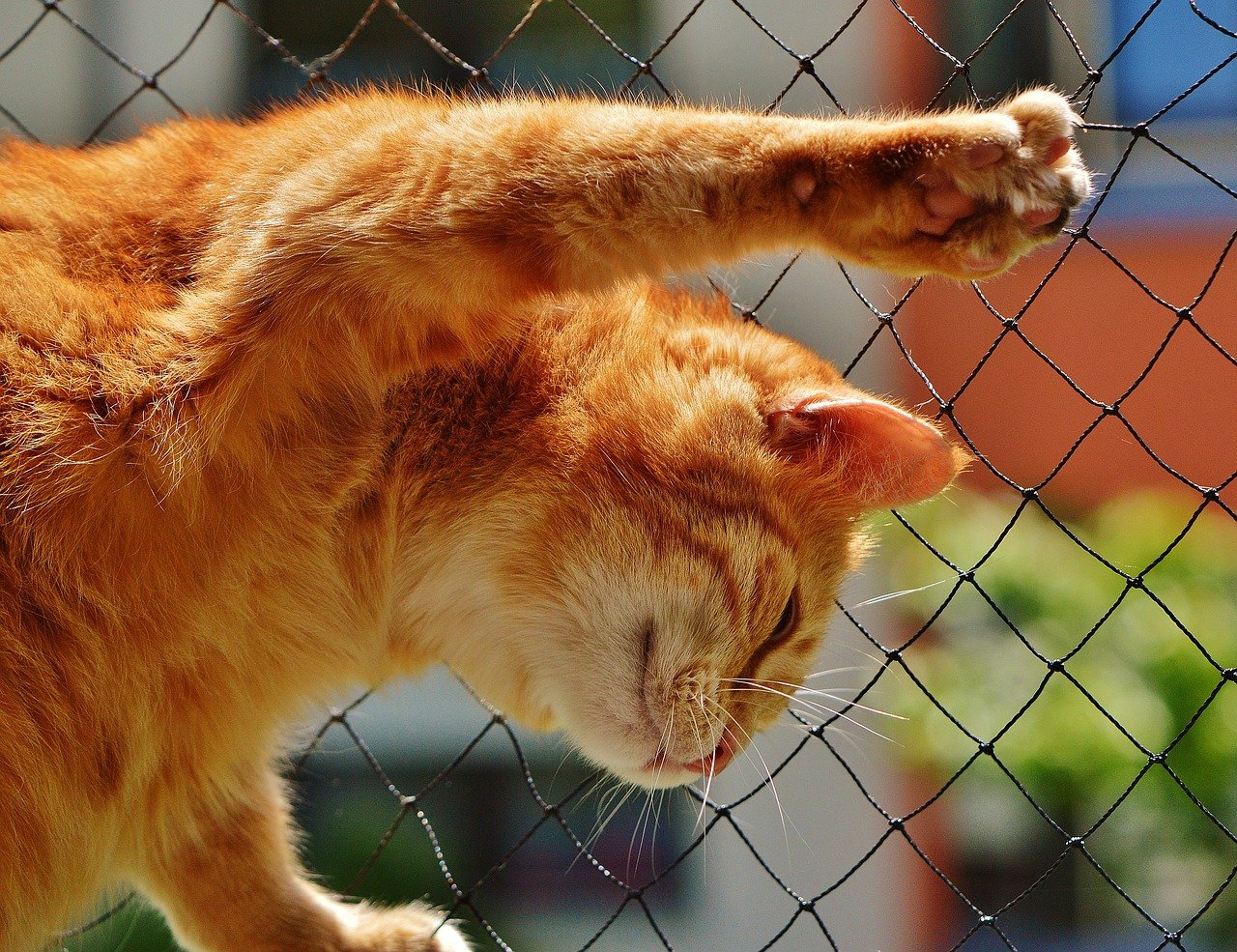
Your cat is watching your face more closely than you might think. Some studies suggest that cats can distinguish between human facial expressions, especially when those expressions are extreme, like a big smile or an angry scowl. Cats may approach more readily when we smile and keep their distance when we frown. This ability hints at a complex understanding of human emotions that goes beyond just words.
Do Cats Mimic Human Behavior?
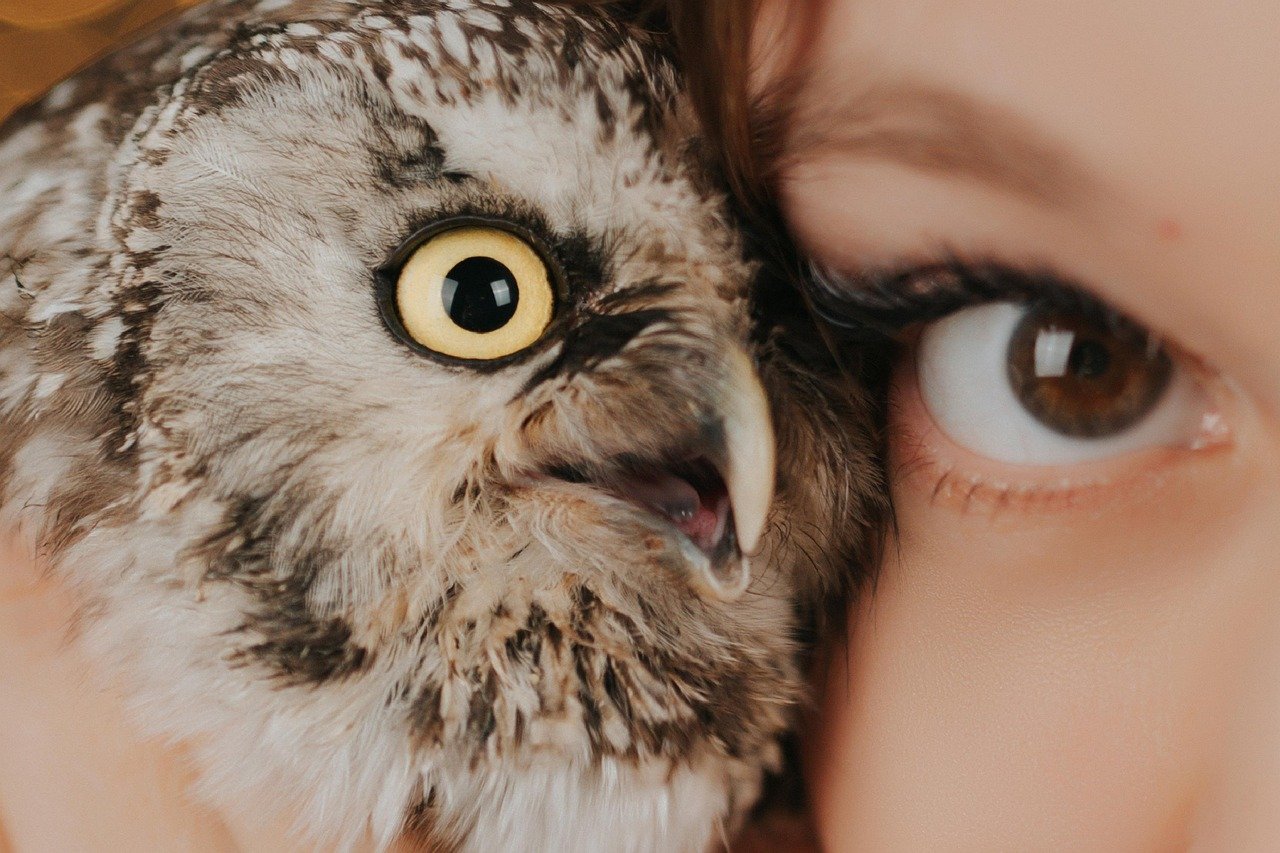
It’s not uncommon for cats to mirror the behaviors of their favorite humans. Some cats seem to adopt our routines, nap when we do, or even “talk” back with their own meows when we speak to them. This mimicking behavior is a sign that cats are observing us closely, picking up not just on language, but on lifestyle cues as well. It highlights the depth of their connection with us and their ability to adapt to our ways.
Learning Through Repetition and Association

Cats are masters of routine. They quickly learn to associate certain words, sounds, or gestures with particular events. For example, the jingle of keys might signal someone leaving, while the sound of a can opener is a universal call for dinner. Through repetition, cats begin to “understand” not the actual words, but what consistently follows them. This associative learning is the foundation of much of their communication with us.
The Impact of Stress and Mood Swings

Have you noticed your cat acting differently when you’re upset or anxious? Cats are highly sensitive to the emotional climate in their homes. Loud arguments, tears, or even subtle changes in your routine can have a big impact on your cat’s behavior. Some may hide, others may become more affectionate. Their reactions are often a mirror of our own emotional states, showing just how closely attuned they are to our moods.
Vocal Cues Unique to Each Household
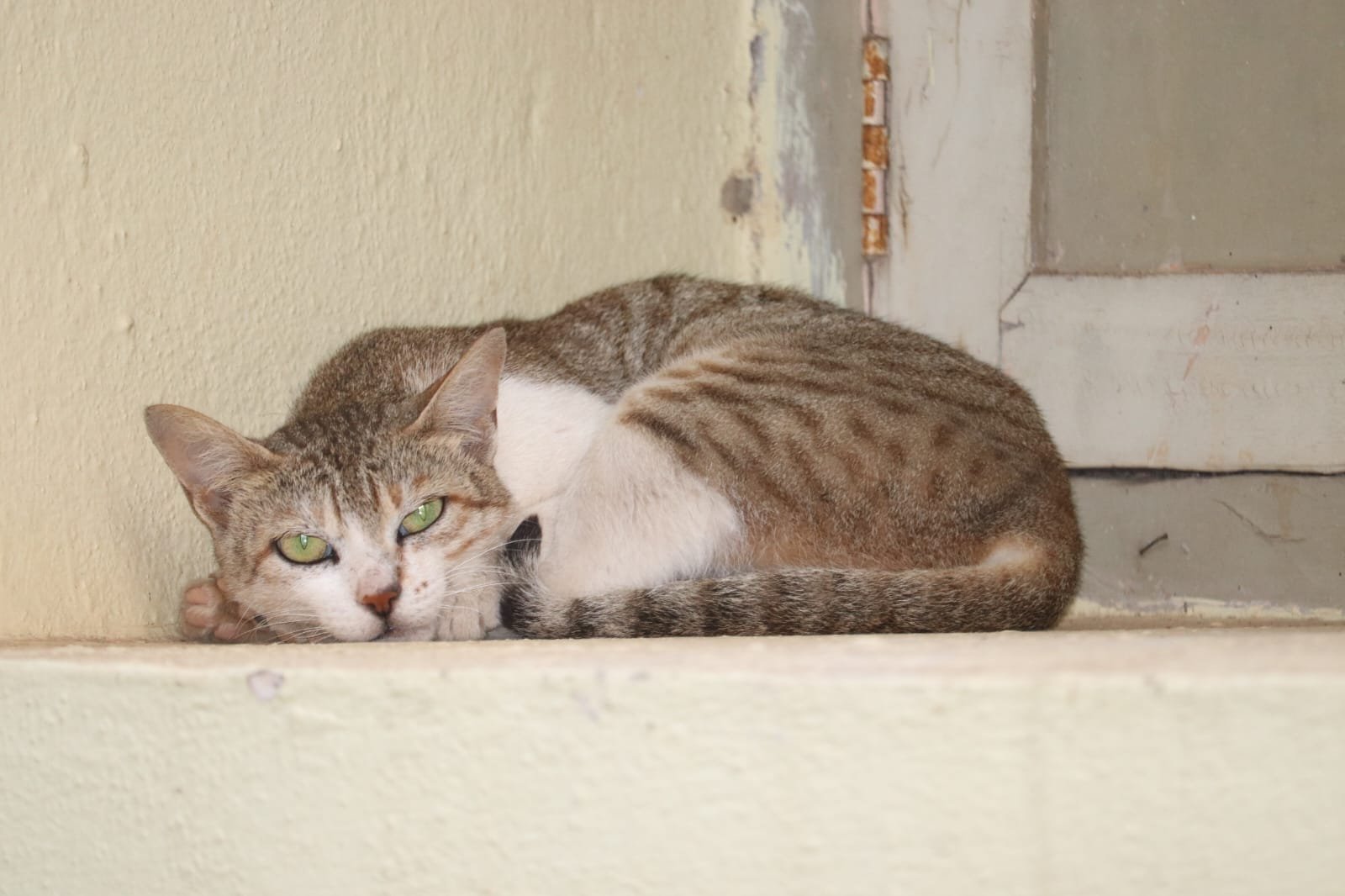
Every family seems to develop its own vocabulary and set of sounds when communicating with pets. Cats can learn to recognize and respond to these unique cues, even if they’re completely made up. Whether it’s a special whistle, a nickname, or a playful call, cats can become experts at decoding the language of their own households. It’s a reminder that communication with our cats is as much about shared experiences as it is about spoken words.
Comparing Cats and Dogs: Who Listens Better?

Dog lovers might argue that dogs are better listeners, but cats simply have a different style of communication. While dogs may obey commands with enthusiasm, cats prefer to weigh their options. This isn’t a lack of intelligence—it’s just a different way of engaging with the world. Cats may choose to ignore us, but that doesn’t mean they don’t understand. In fact, their decision to respond—or not—can be seen as a sign of their independent thinking.
Training Cats with Words and Gestures

Training a cat may seem daunting, but it’s entirely possible. Using a combination of verbal cues and gestures, many cat owners teach their pets tricks, routines, and even basic commands. Patience and consistency are key, as cats learn best through repetition and association. Rewards, like treats or affection, can motivate cats to respond to words like “sit,” “come,” or even “high five.” With enough practice, some cats rival dogs in their ability to follow instructions.
Sound Sensitivity: What Cats Hear

Cats have an impressive range of hearing, much broader than ours. They can pick up on high-pitched sounds and subtle changes in tone that we might miss. This heightened sensitivity means that even the slightest change in our voice can catch their attention. It also explains why some cats react strongly to noises like vacuum cleaners or thunderstorms, and why a gentle whisper can be more effective than a loud command.
Do Cats Understand Human Laughter?

Laughter is a distinctly human trait, but cats are not immune to its effects. Some cats may become excited or playful when they hear laughter, associating it with positive experiences. Others may interpret loud laughter as a sign of chaos and keep their distance. While it’s unlikely that cats grasp the concept of humor, they definitely pick up on the emotional energy behind our laughter.
The Role of Scent in Communication

While we focus on words and emotions, cats rely heavily on scent to communicate and understand their environment. They may not understand what we’re saying, but they can certainly tell if we’ve had a stressful day or met another animal. Scent is a powerful tool in their communication toolbox, often revealing more to them about our emotional state than we realize.
Cats Responding to Human Tears and Sadness

Many cat owners have stories of their feline friends offering comfort during moments of sadness. A cat might curl up beside you, purr softly, or simply sit quietly nearby when you’re crying. These responses suggest that cats are deeply sensitive to our emotional states, even if they don’t understand the words behind our tears. Their presence can be a source of comfort, a silent show of empathy.
How Kittens Learn Human Signals

Kittens are like little sponges, soaking up every bit of information from their environment. As they grow, they learn to interpret human cues through observation and interaction. Early socialization plays a big role in how well a cat understands and responds to people. The more positive experiences kittens have with humans, the more likely they are to develop strong bonds and effective communication skills.
Can Cats Sense Illness in Humans?
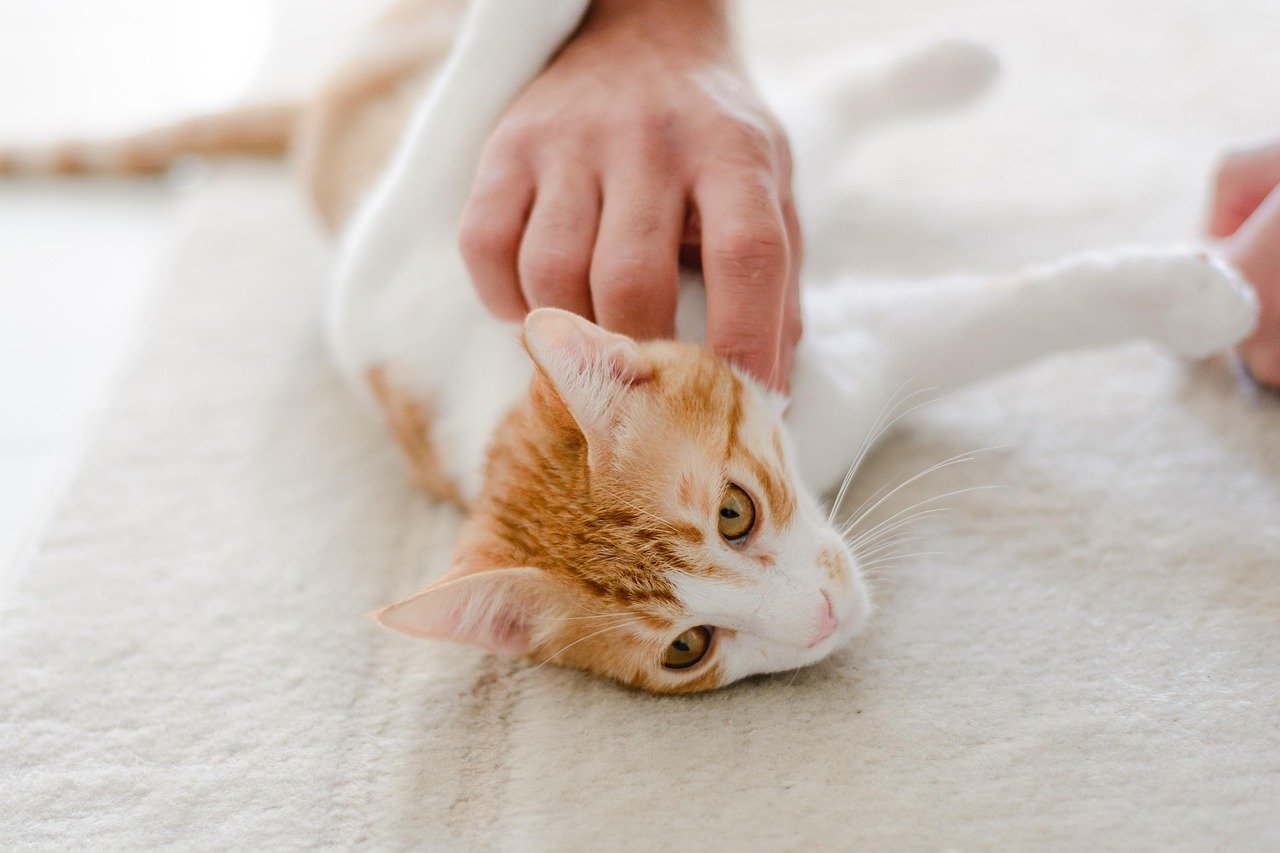
Some cats seem to have a sixth sense when it comes to human health. There are countless anecdotes of cats acting differently around sick or injured owners, sometimes even alerting others to medical emergencies. While the science behind this is still unfolding, it’s believed that cats can detect subtle changes in scent, behavior, or body temperature, allowing them to sense when something is wrong.
Individual Personality Differences

Just as people have unique personalities, so do cats. Some are outgoing and responsive, while others are shy or aloof. These personality differences play a big role in how cats interact with us and interpret our communication. A confident cat may be more likely to “talk back” or respond to commands, while a more reserved kitty might prefer to communicate through quiet gestures or simply being nearby.
The Limitations of Feline Understanding
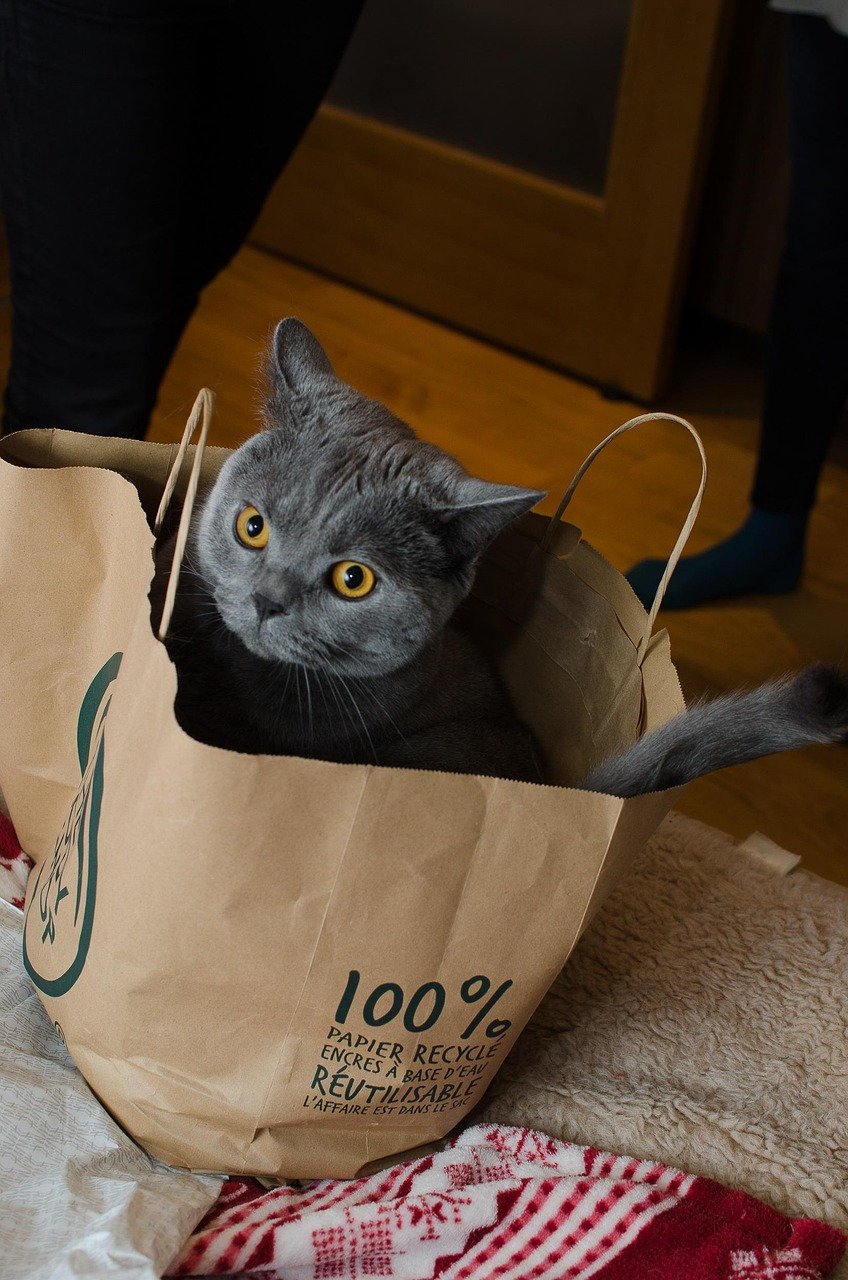
While cats are intelligent and emotionally perceptive, there are limits to what they can comprehend. They do not grasp language in the human sense, nor do they understand complex sentences or abstract concepts. Their understanding is rooted in association, tone, emotion, and routine. This doesn’t diminish their bond with us—it just means that their world is shaped by different rules, ones that are no less meaningful.
Building a Strong Human-Cat Connection

The key to a strong relationship with your cat lies in mutual understanding and respect. By paying attention to your cat’s cues and responding with patience and consistency, you can build a communication style that works for both of you. Whether it’s through words, gestures, or simply shared quiet moments, the connection between cats and humans is a beautiful blend of mystery and affection.
Hi, I’m Bola, a passionate writer and creative strategist with a knack for crafting compelling content that educates, inspires, and connects. Over the years, I’ve honed my skills across various writing fields, including content creation, copywriting, online course development, and video scriptwriting.
When I’m not at my desk, you’ll find me exploring new ideas, reading books, or brainstorming creative ways to solve challenges. I believe that words have the power to transform, and I’m here to help you leverage that power for success.
Thanks for stopping by, Keep coming to this website to checkout new articles form me. You’d always love it!






